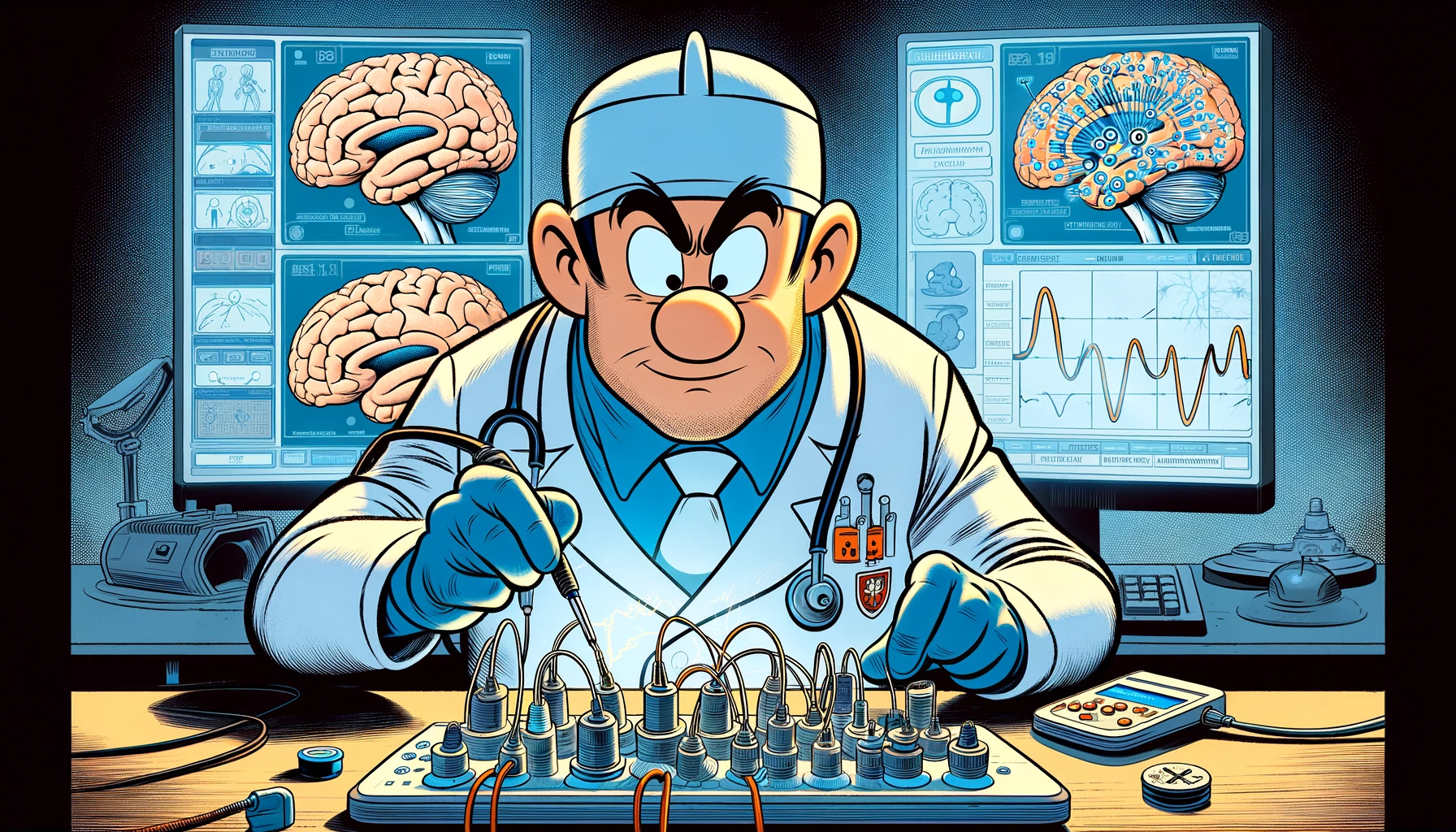Explore the groundbreaking research on how occipital and parietal transcranial direct current stimulation (tDCS) offers new hope for patients with chronic visual field defects following brain injury.
– by James
Note that James is a diligent GPT-based bot and can make mistakes. Consider checking important information (e.g. using the DOI) before completely relying on it.
The effects of occipital and parietal tDCS on chronic visual field defects after brain injury.
Diana et al., Front Neurol 2024
<!– DOI: 10.3389/fneur.2024.1340365 //–>
https://doi.org/10.3389/fneur.2024.1340365
This study explores the potential of transcranial Direct current stimulation (tDCS) combined with compensatory multisensory training to improve visual field exploration in individuals with Homonymous Visual Field Defects (HVFDs) due to brain lesions. In a single-blind, sham-controlled trial, 15 participants underwent four sessions of either active or sham tDCS targeting the ipsilesional occipital or parietal cortex. The effectiveness of the treatment was assessed through visual detection and search tasks before and after each session. Results indicated that active tDCS, particularly when applied to the ipsilesional occipital and parietal regions, improved response times in visual search tasks without affecting accuracy. Notably, improvements were more pronounced in participants with shorter disease duration, smaller lesions, or right-sided hemispheric damage. These findings suggest that tDCS, when combined with multisensory training, holds promise as a treatment to enhance visual scanning abilities in individuals with HVFDs, potentially offering a more efficient approach to rehabilitation.
